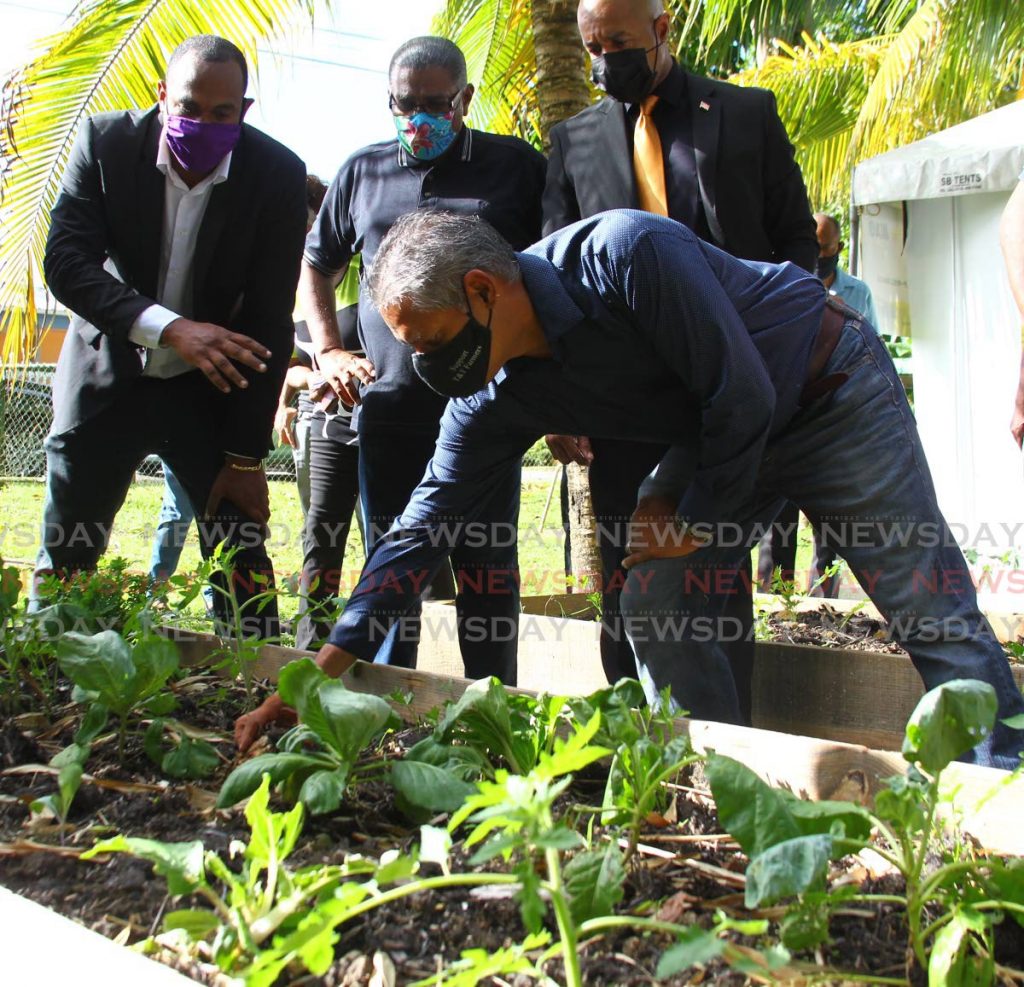Feeding ourselves through community farming

AGRICULTURE Minister Clarence Rambharat last Friday issued an appeal well worth heeding.
“Feeding ourselves starts with us,” Mr Rambharat said. “Whenever I buy something local, I’m supporting jobs, I’m supporting the economy of a particular community, we’re supporting farmers and most importantly, we’re making a patriotic decision to support TT."
The minister was speaking at the opening of a new community food park in Arima. The project has seen a largely neglected green space turned into a productive growing space for members of two communities. Supported by the State as well as agencies such as the Inter-American Institute for Cooperation and Agriculture, it is a great example of the kind of approach that can encourage food production at the community level.
Equally important are consumption habits.
When it comes to agriculture, a lot of emphasis has been placed on the need to ensure food security, reducing the food import bill, and encouraging healthier eating habits.
But Mr Rambharat is correct also to point to the social aspect as well. Buying local has a ripple effect.
In a world where plant commodities that are painstakingly sown, nurtured and cared for over long periods are then consumed in a few bites, it is all too easy to forget the networks that must come together to produce crops.
In this regard, not only do we support Mr Rambharat’s call and projects like those within the Ganknaski Avenue and Tumpuna Court communities, we also advocate for more data on consumption habits and on the role played by small-scale production within the overall food market.
Such data could help bolster appreciation for supply-chain dynamics and highlight possible areas for improvement.
Projects that tie agricultural production to adjacent or nearby communities are also potentially useful ways to help farmers get access to a relatively secure pool of customers. That is a big help in a field notorious for being unpredictable.
It is also notable that such an approach also shifts the focus away from the question of exports.
Export production is another way of supporting the local economy. Such exports might be an option for specific commodities (for example, Moruga hill rice).
These crops can allow farmers to exploit local advantages in terms of climate and indigenous breeds or strains of produce. But it is equally important not to lose sight of the fact that the difficulties of such ventures hinder smaller-scale producers from going beyond these shores
In contrast, a community emphasis opens up a whole new world for novice and experienced farmers alike.
The use of shared plots as a means of repurposing abandoned green spaces is also a great way to put unproductive resources to use.
Indeed, Mr Rambharat has given us – and the State – much food for thought.


Comments
"Feeding ourselves through community farming"